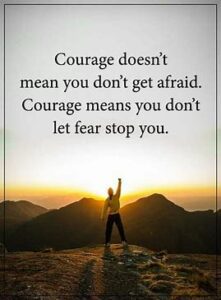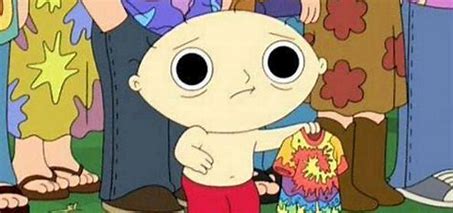Posted, Edited and Photos Added by Valkyrie Extractions Admin
Original Article Written by: Sunrise House Treatment Center Editorial Staff
Laura Close, Senior Web Content Editor
Scot Thomas, M.D., Senior Medical Editor
Ryan Kelley, NREMT, Medical Editor
Sophie Stein, A.P.R.N., Clinical Editor
Nitara Osbourne, M.Ed., Content Specialist
Kristina Ackermann, Director of Content
People often use drugs in order to feel good. However, sometimes, a person who is using hallucinogens or other drugs can experience a condition known as a “bad trip,” sometimes referred to as a “psychedelic crisis.”
The phrase “bad trip” is sometimes used to describe a situation where using the drug creates an intensely negative psychological response.
During a bad trip, the intensity of the high can become extremely frightening or overwhelming. Hallucinations can be terrifying, the person may feel very paranoid and, in some situations, they may become aggressive or even violent toward themselves or others.
If someone you know is having a bad trip, there are some steps you can take to help. This page will outline ways to address the situation.
Step 1: Recognize when a bad trip is happening.
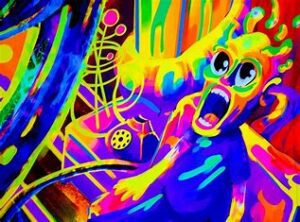
It can be difficult to recognize when a person may be experiencing a bad trip, but doing so can set the stage for helping them out. In some cases, the individual who is in the middle of a bad high may become panicked. They may talk about terrifying thoughts and anxiety. Its possible they may express fears of losing control or dying. The individual may also be worried they are going crazy.
The person may talk about being afraid. They may be paranoid, and their emotional response may quickly get out of control. Sometimes leading to violent behavior and the potential for self-harm. An article from The Fix describes a bad trip as being similar to a heightened anxiety attack, which, in its late stages, can resemble paranoid psychosis.
Bad trips are most likely to occur with use of classic hallucinogens like LSD, psilocybin mushrooms, and mescaline/peyote. Or dissociative drugs, such as PCP, dextromethorphan (DXM), and ketamine.
However, people who use marijuana can also experience unpleasant highs. Other drugs that can cause hallucinations, such as MDMA, may result in similar situations.
There is no way to predict who will have a bad trip or when one will develop. Past positive experiences with a drug do not rule out the possibility of a negative one.
Step 2: Move the person to a safe space.

The panicked, paranoid behavior of a person on a bad trip could increase the likelihood, in some instances, for self-harm or violence aimed at others.
For this reason, it is important to get the person into a safe space. Keep the person away from sources of potential accidental injury or death, such as high places, bodies of water, traffic, or other physical dangers, as well as to prevent the individual from getting access to weapons or other means of deliberately causing harm.
The Zendo Project, an organization dedicated to psychedelic harm reduction advises keeping the person away from things that could further disorient them, such as bright lights, crowds, and loud music.
A journal article on safety guidelines for human hallucinogen research notes that a more cozy, aesthetically pleasing space can reduce the likelihood of severe psychological distress.
Step 3: Remind the person that the feeling will wear off.
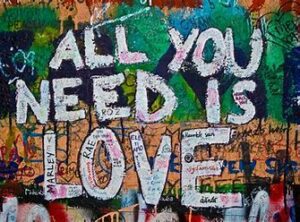
One source of comfort for someone on a bad trip can be reassurance that the experience is a result of drug use, which will eventually wear off.
Attempting to talk them down may worsen the situation, so it generally advised that you help talk them through it, letting them know you understand that they’re going through an incredibly intense experience. You can suggest that they surrender to their experience while maintaining a supportive and empathetic presence. Even simply holding their hand—with permission—can help ground them and make them feel much more safe and connected.
It can also help to make sure the person does not take more drugs in an attempt to change the experience from bad to good. Adding more drugs is not likely to make the situation better, and it can make it much worse. Continuing to reassure the person that things will get better when the drugs wear off can help to make sure no further drugs are added to complicate the problem.
Step 4: Stay with the person at all times.
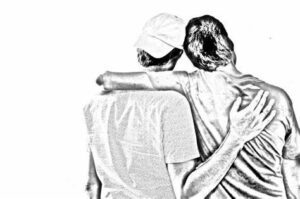
Someone on a bad trip may feel extremely disoriented and afraid. The gentle presence of another person who is able to stay calm can go a long way in helping the individual make it through the bad high.
The presence of a calm, supportive person serves 3 purposes:
- It can make the person feel safe and provide them an outlet to talk through the experience.
- It can minimize the potential for self-harm since you can guide them to a safe space and away from items they can use to hurt themselves.
- It allows for emergency intervention, should it become necessary.
Step 5: Stay safe and protect others.

People experiencing a bad trip may behave very irrationally. For example, they may believe they can fly and attempt to jump from a dangerous height. They may also become overly aggressive or violent and try to kill themselves or hurt someone else. They may also have medical symptoms that require help that you are unable to provide.
Part of helping someone on a bad trip is to recognize when the situation is beyond your control. Ask for assistance when you need it.
Step 6: Get medical or other professional help if needed.
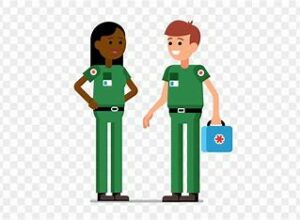
Helping someone through a bad trip may be too much for someone unfamiliar with acute hallucinogen intoxication. They may not know how to best manage such a situation. In many cases, the person in the position to offer help is themselves acutely intoxicated. A good course of action can simply be to get the person to an emergency room. Or call 911 to handle the situation. A hospital can provide a safe space with constant observation and protection.
If the individual makes threats, expresses an intent to hurt themselves, gets access to a weapon, or needs emergency medical help, don’t hesitate to call 911.
Once the bad trip resolves, there are still steps you can take to help. You may ask them if their drug use is indicative of larger substance abuse issue and, if so, encourage them to seek substance rehabilitation. If the individual is regularly using drugs, resulting in disruption of the person’s life, work, and relationships, it may be time to get professional help.
Resource’s
About The Contributor:
The editorial staff of Sunrise House is comprised of addiction content experts from American Addiction Centers. Our editors and medical reviewers have over a decade of cumulative experience in medical content editing. Together they have reviewed thousands of pages for accuracy and relevance. Our reviewers consistently monitor the latest research from SAMHSA, NIDA, and other reputable sources.
This provides our readers the most accurate content on the web.
Links:
Vape Shop Canada | Valkyrie Extractions
Marijuana Products & Services in Canada | Leafythings
Medical Marijuana Canada (mmjpr.ca)
